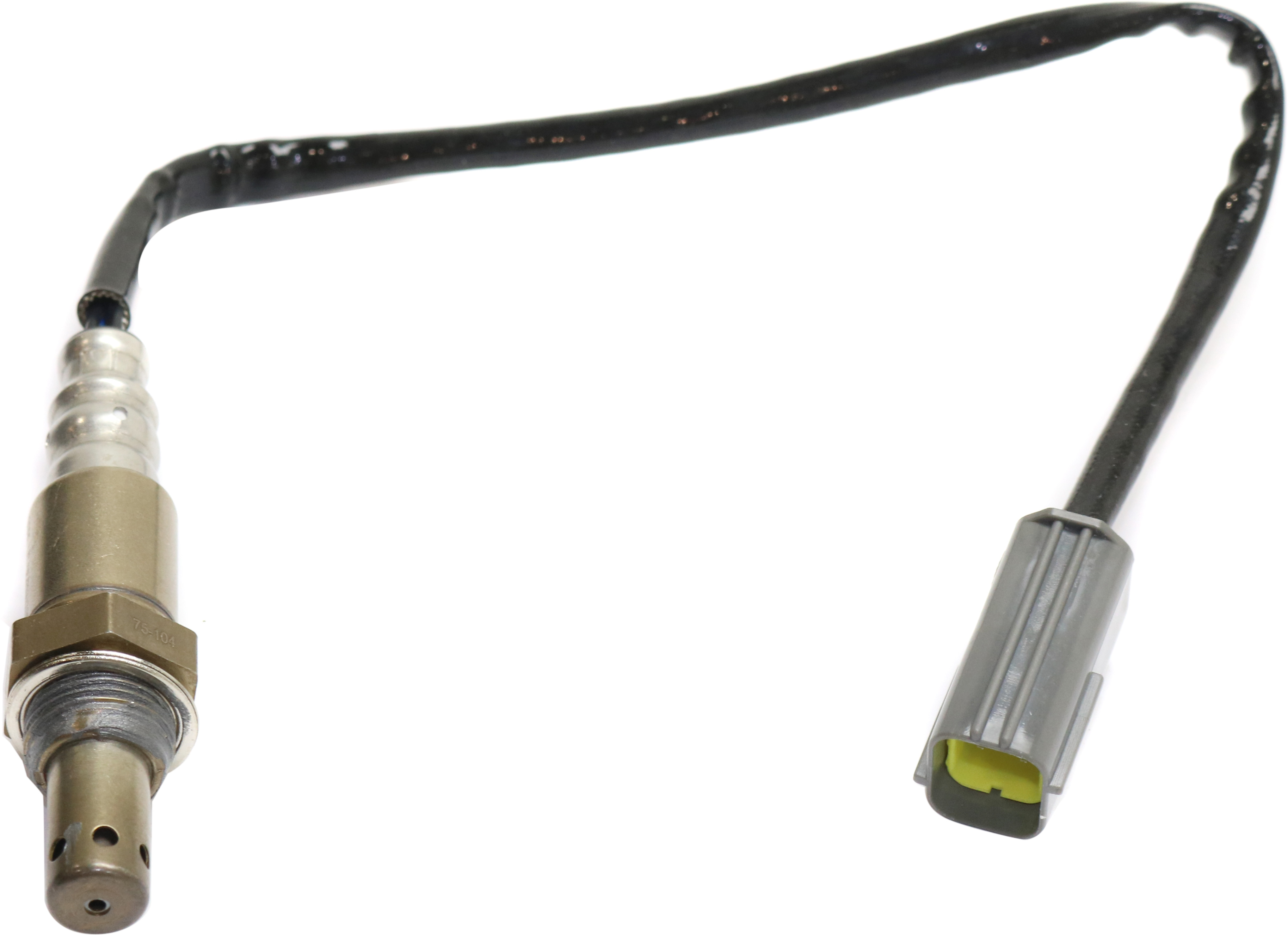An OBD-II code is designed to inform you about the possible issues that your vehicle may have. For you to resolve it, you must first know what the code means. If you’re having trouble figuring out what code P0051 means and how to clear it, this guide is for you.
What Does the P0051 Code Mean?
Diagnostic trouble code (DTC) P0051 stands for “HO2S Heater Control Circuit Low (Bank 2 Sensor 1).” This code is logged when the powertrain control module (PCM) detects a potential issue with the heater circuit for the oxygen sensor #1 on Bank 2.

The oxygen sensor referred to in this trouble code is the oxygen sensor #1 that’s located on Bank 2 in front of the catalytic converter. The side of the engine that does not contain cylinder #1 is called Bank 2.
The oxygen sensor measures the amount of oxygen present in the exhaust gas and compares it to the air outside. This allows the vehicle’s computer to make the necessary air-fuel ratio adjustments to keep the engine running right.
For the oxygen sensor #1 to make an accurate reading, it has to be at a certain temperature. This is why it contains a heater wire which can bring its temperature up quickly when needed. When the PCM detects that the resistance of the heater circuit is lower than normal, it logs P0051.
Depending on the severity, other related codes may also be stored with this DTC. Code P0051 is very similar to trouble codes P0031, P0032, and P0052.

For more information that could help you resolve code P0051, read our discussion about why oxygen sensors need heat. If you need help locating bank 2, read our guide about where bank 1 and bank 2 are located.
Note: The definition of code P0051 may be different depending on the vehicle manufacturer. Consult the appropriate repair manual or repair database for the exact code definition.
What are the Possible Causes of the P0051 Code?
P0051 is a generic code, so it can have several triggers. Here are the most common:
- Faulty oxygen sensor
- Oxygen sensor heater circuit issues
- Failure in the PCM

What are the Common Symptoms of the P0051 Code?
You may notice the following symptoms if you drive a car that has a logged P0051 error code:
- Check engine light is on
- Excessive fuel consumption
- Poor engine performance
How to Diagnose the P0051 Code
To avoid possible complications in your vehicle, code P0051 should be resolved immediately. Diagnosing this code can be tricky because it has several triggers. Because of this, its diagnostic and repair steps may vary depending on the specifications of the vehicle.
Refer to a repair manual for diagnostic strategies and reach out to a mechanic if you’re not well-versed in auto repair. However, if you’d like to get an idea of what the diagnostic process may involve, you can check out the video below:
How to Fix the P0051 Code
Like most OBD-II codes, P0051 shares triggers and symptoms with other error codes. Despite having similarities with other codes, it is typically only resolved with a vehicle-specific solution.
Code P0051 can be triggered by anything from a defective oxygen sensor to a faulty PCM, so you must do your research thoroughly before attempting to resolve this code. It’s best to leave repairs to the experts if you aren’t confident in your automotive repair skills.
If you’re set on fixing this code yourself, only use credible online auto repair sources for guidance. Investing in an ALLDATA subscription is a good idea, as it can provide you with detailed factory repair information that you can use to resolve issues in your car.
How To Get a Quality Replacement O2 Sensor for Your Vehicle
Just because your vehicle can still run doesn’t mean everything’s okay under the hood. A faulty O2 sensor can cause your PCM to inject more fuel than necessary into the engine, which can clog your catalytic converter and reduce fuel economy. In other words, a faulty O2 sensor can lead to some costly repairs down the line. Luckily, you can avoid this by getting a new O2 sensor at CarParts.com.
With just a few clicks, you can find a brand-new O2 sensor that perfectly fits your vehicle. All you have to do is enter your car’s year, make, and model into our vehicle selector and choose from our wide selection of high-quality O2 sensors. CarParts.com also guarantees fast shipping, so you can get back on the road in no time. If you order before 12 p.m. ET, you can even get your new O2 sensor in as fast as two business days.
Don’t wait until your faulty O2 sensor starts stirring up trouble in your engine. Check out our extensive catalog of quality O2 sensors at CarParts.com today.
Shop this Project



Any information provided on this Website is for informational purposes only and is not intended to replace consultation with a professional mechanic. The accuracy and timeliness of the information may change from the time of publication.





















